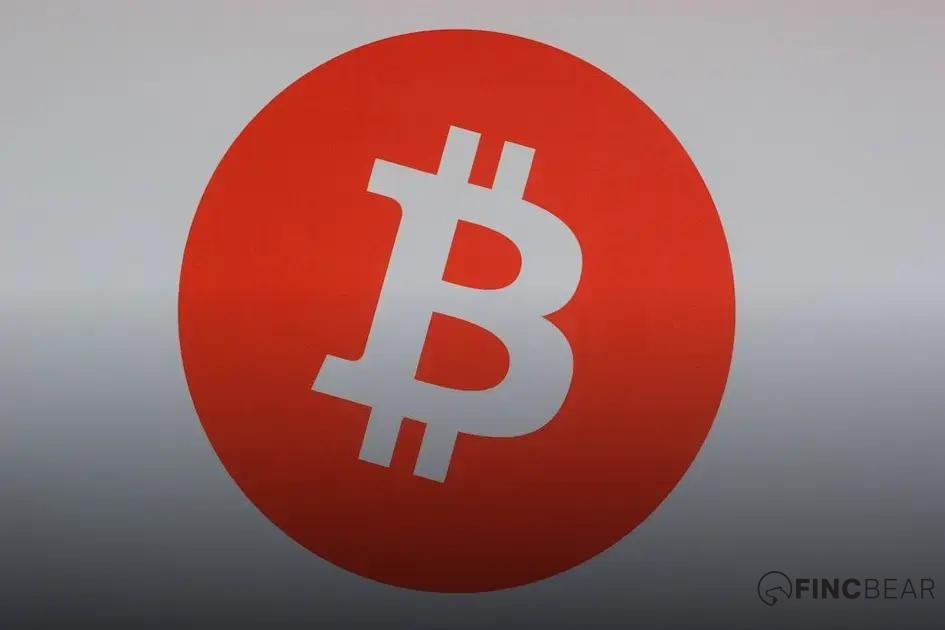Looking for the best bank accounts with high interest rates and low fees? Understanding the various options at your disposal can significantly impact your savings. In this article, you’ll learn about crucial factors to consider when choosing a bank account, compare high-interest options, and explore how to understand fee structures. Our goal is to help you maximize your savings without unnecessary costs.
Top Factors to Consider
When selecting a bank account that combines high interest with low fees, there are several key factors to evaluate. Interest Rates play a critical role. A higher interest rate means your money grows faster over time. However, it’s essential to confirm whether these rates are introductory offers or if they apply to the full balance. Additionally, ensure that the rate remains competitive after any promotional period ends.
Fee Structures are equally important. Examine monthly maintenance fees, ATM fees, and any charges for not maintaining a minimum balance. Some banks charge for account services like wire transfers or overdrafts, so awareness is crucial. Choose accounts with minimal fees that align with your financial habits.
Another aspect to consider is Accessibility. Access to a wide network of ATMs or branches could prevent unwanted fees. Evaluate their mobile and online banking capabilities as these offer convenience and tools for managing your account effectively.
Lastly, understanding Account Terms ensures you make the most of your savings. Some banks offer additional perks such as rewards or discounts on loans. Weigh these benefits against any limitations such as minimum deposit requirements or withdrawal restrictions. By carefully examining these aspects, you can select an account well-suited to your financial goals.
Comparing High-Interest Accounts

Comparing High-Interest Accounts
When choosing a bank account, interest rates can make a significant difference in your savings growth. High-interest accounts typically offer better returns on your deposits compared to standard savings accounts. To identify the best options, consider the annual percentage yield (APY), which reflects the real rate earned after accounting for the effects of compounding. Banks may advertise promotional rates, so it’s crucial to understand how long these rates last and what conditions must be met to qualify. Online banks often provide higher APY due to their lower operational costs.
Comparing accounts involves evaluating interest rate tiers as well. Some banks offer tiered interest rates where the APY increases with higher balances. Understanding these tiers can help you maximize earnings. Also, examine if there are caps on the high-interest rate, meaning the promotional rate might only apply up to a certain balance.
Another key factor is the compound frequency. Compounding can occur daily, monthly, or annually, affecting how quickly your balance grows. More frequent compounding is beneficial as it increases the effective yield. Compare accounts with similar APY to determine the impact of different compounding schedules.
Understanding Fee Structures
When selecting a bank account, understanding the fee structures is crucial for making an informed decision. Banks often have different types of fees that can impact the overall benefit of a high-interest account.
These fees may include monthly maintenance fees, which some banks charge just for holding the account, regardless of your account activity. However, many banks offer ways to waive these fees, such as maintaining a minimum balance or setting up recurring direct deposits.
Transaction fees are another aspect to consider. Some accounts may charge fees for ATM usage beyond their network, excess withdrawal fees, or even fees for using digital platforms. Understanding these can help you avoid unexpected costs.
Another common type of fee is the overdraft fee. If you accidentally spend more than your balance, banks may charge you a fee for covering the transaction. Some institutions may offer overdraft protection or simply decline transactions that would overdraft, avoiding such fees.
Additionally, look out for hidden fees that may not be initially apparent, such as fees for paper statements or account closure fees. Thoroughly reviewing the account terms can help identify potential pitfalls.
In summary, each fee structure varies across banks, and identifying one that aligns with your financial habits is key to maximizing the benefits of your high-interest, low-fee bank account.
Maximizing Your Savings

When it comes to maximizing your savings, the choice of the right bank account plays a pivotal role. Opt for accounts that offer high-interest rates which enable your balance to grow consistently. Look for promotional rates or special deals that are often available for new customers.
Additionally, ensure that the account you choose has minimal or zero fees. Even the smallest monthly maintenance fee can erode your savings over time. By selecting an account with no fees, you’re preserving your funds and ensuring that every penny saved contributes to your interest growth.
Utilize online and digital banking tools to automate savings, which helps in setting a portion of your income aside regularly without much thought. This disciplined approach ensures you’re consistently building your savings without needing constant reminders.
Consider taking advantage of linked savings accounts that can boost your financial growth. Some banks offer benefits to customers who maintain both checking and savings accounts with them, such as waived fees and better interest rates. By understanding and leveraging these benefits, you’re maximizing your potential savings.
Emergencies can erode savings significantly if you’re unprepared. Emergency funds should ideally be placed in a separate savings account that offers instant access and reasonable interest rates. This way, you are prepared for unexpected expenses without dipping into your primary savings.
Regularly reviewing your account and interest rates can lead to further maximization. Reassess your options annually to ensure you’re still getting the best deal available. Market conditions change, and so do banking offers; staying informed allows you to capitalize on better opportunities.





